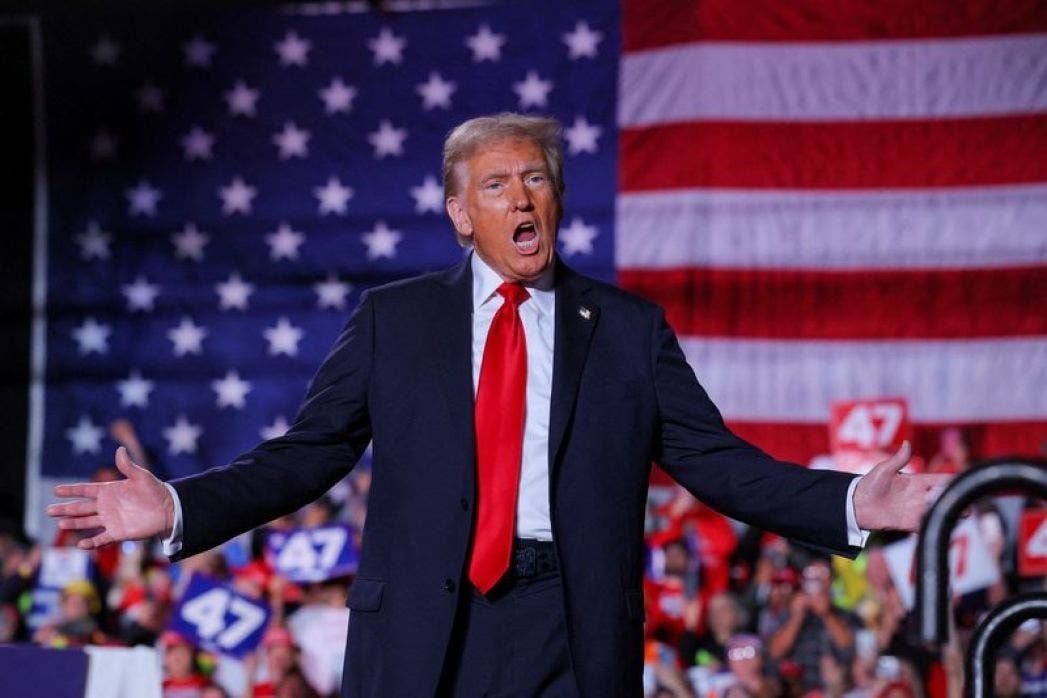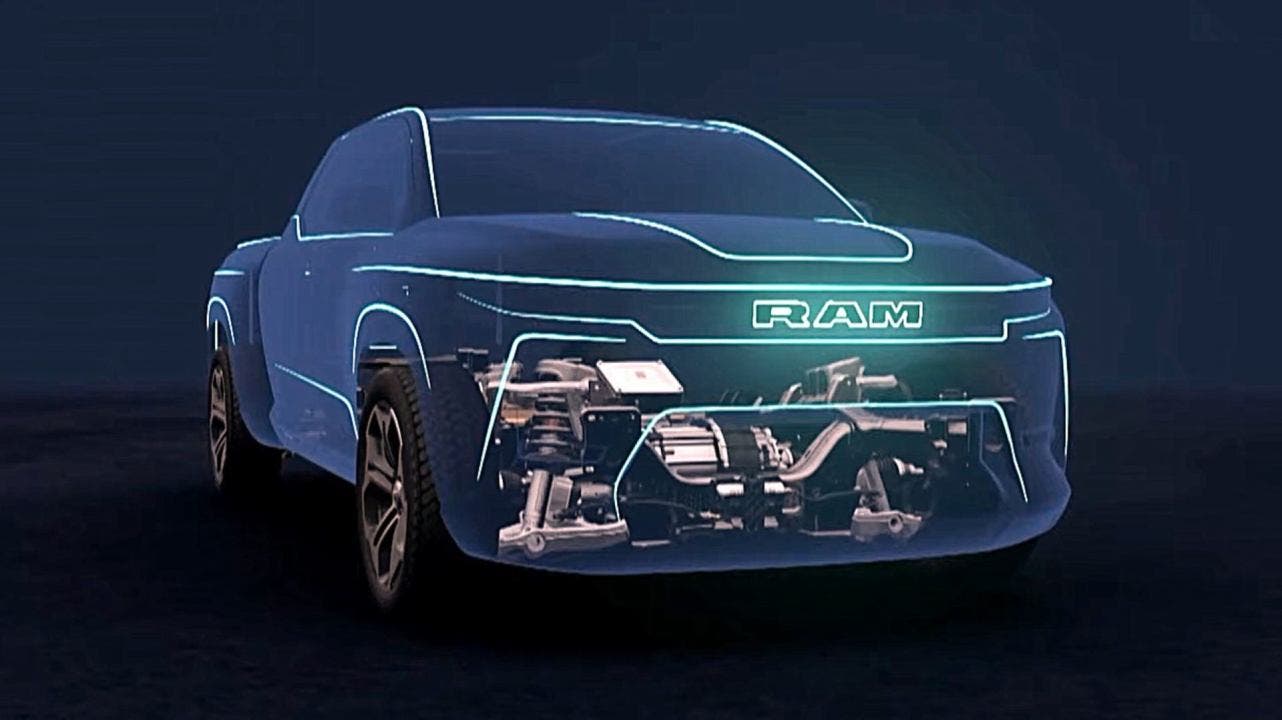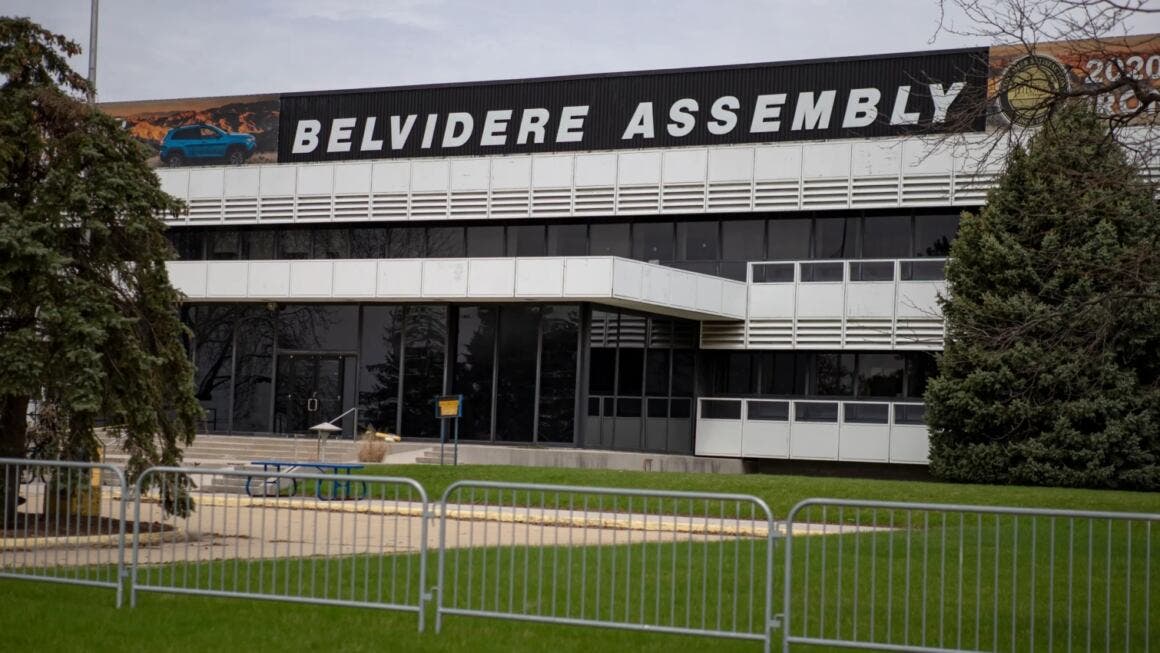Stellantis finds itself needing to reconsider its production strategy in North America in light of future political prospects. Specifically, the issue concerns the production of the new Jeep Cherokee (KM), planned for 2026, as highlighted by Antonio Filosa, COO of Stellantis North America and CEO of Jeep, during the Detroit Auto Show. “We have several options on the table,” stated Filosa, one of the main candidates to potentially cover the role of Stellantis CEO after Carlos Tavares’ resignation, emphasizing the need for an in-depth analysis of the context before making definitive decisions.
Stellantis might revise production in North America in the coming months

The original plan called for producing the new Cherokee at the Toluca plant in Mexico, alongside the Wagoneer S and Recon 4xe models. However, statements regarding possible 100% tariffs on cars produced outside the United States could push the group to reevaluate this choice, opting for production on American soil.
Recent developments also include the temporary suspension of the Chrysler C6X crossover development, confirmed directly by the company. This decision fits into a broader framework of potential production line adjustments, influenced by political expectations that would include over 100 executive orders aimed at strengthening domestic production.

According to industry sources, both the future Cherokee and the new Ram mid-size pickup will use the STLA Large unibody platform. In this scenario, the Belvidere plant could assume a key strategic role for Stellantis in the United States, aligning with political pressure to incentivize domestic production.
Stellantis’ strategy thus appears to be oriented toward finding a balance between new government directives and North American market needs. This realignment could not only ensure compliance with future federal policies but also strengthen ties with U.S. consumers, while the pause in C6X development suggests a broader reassessment of production priorities for the coming years.

